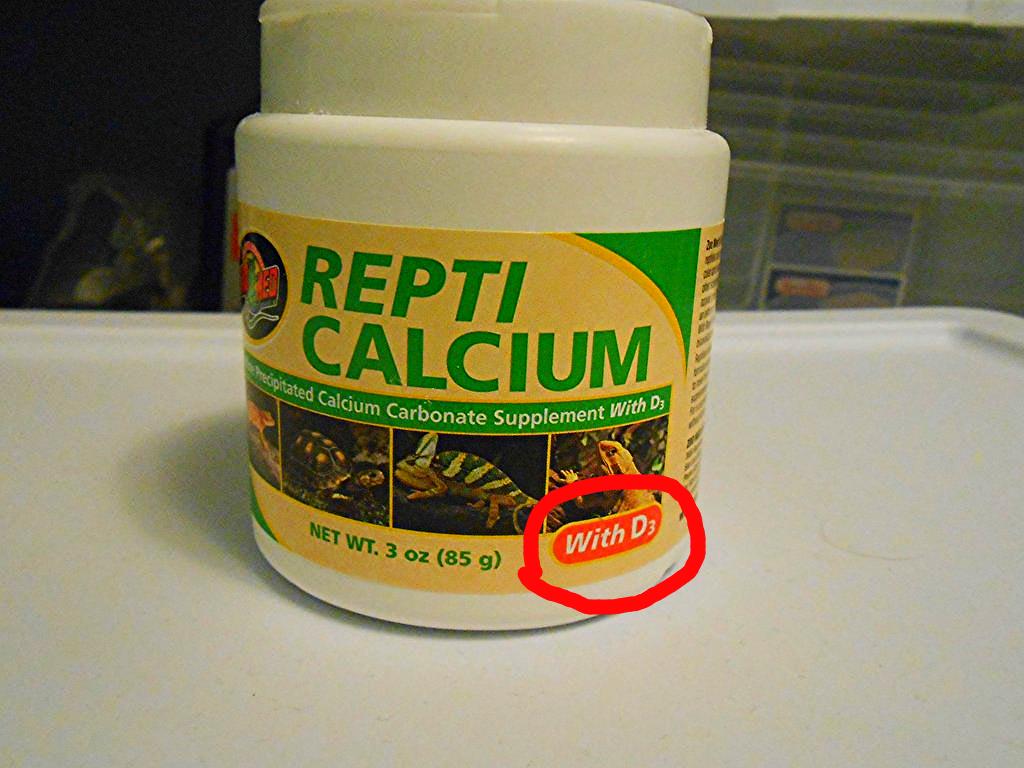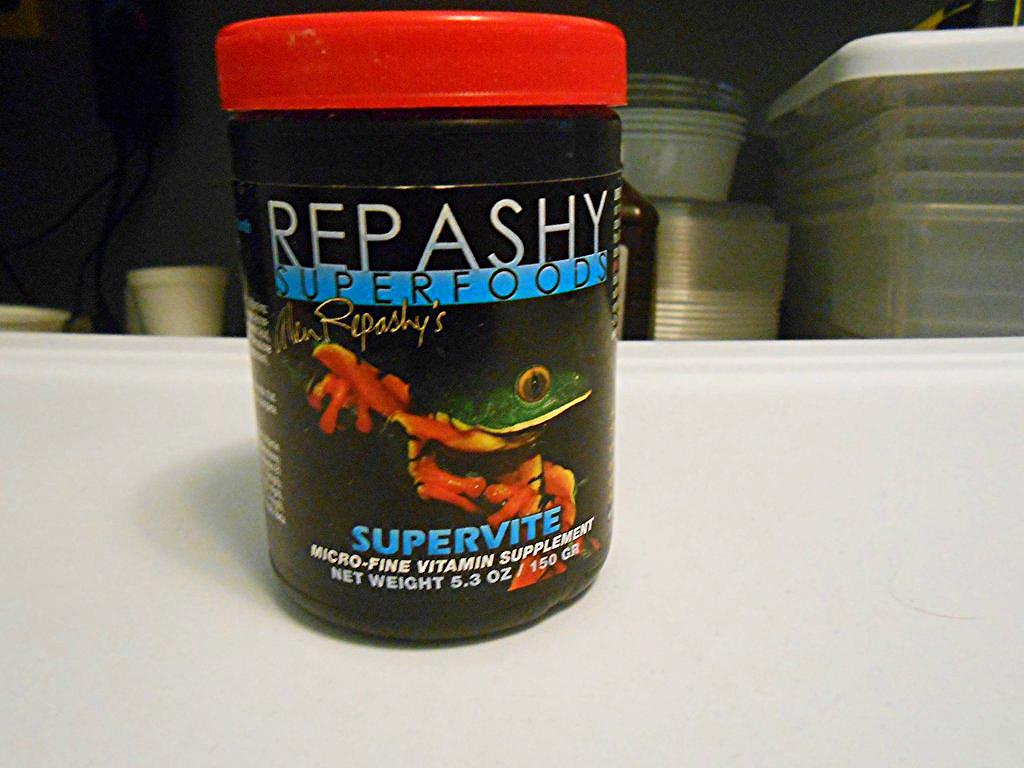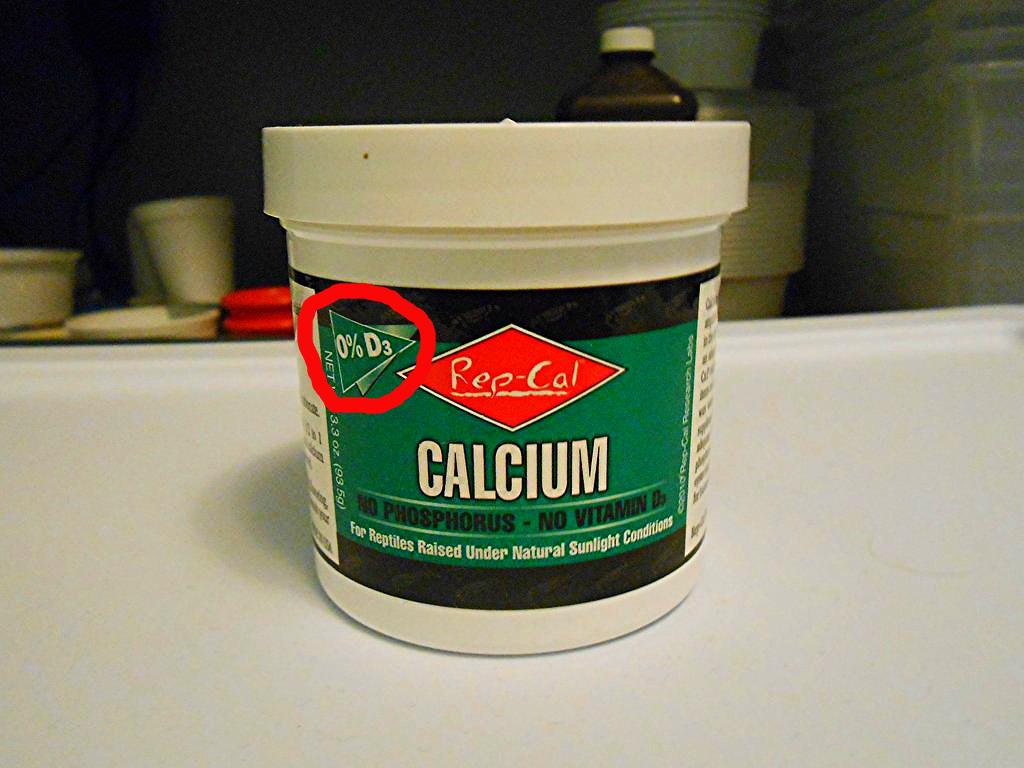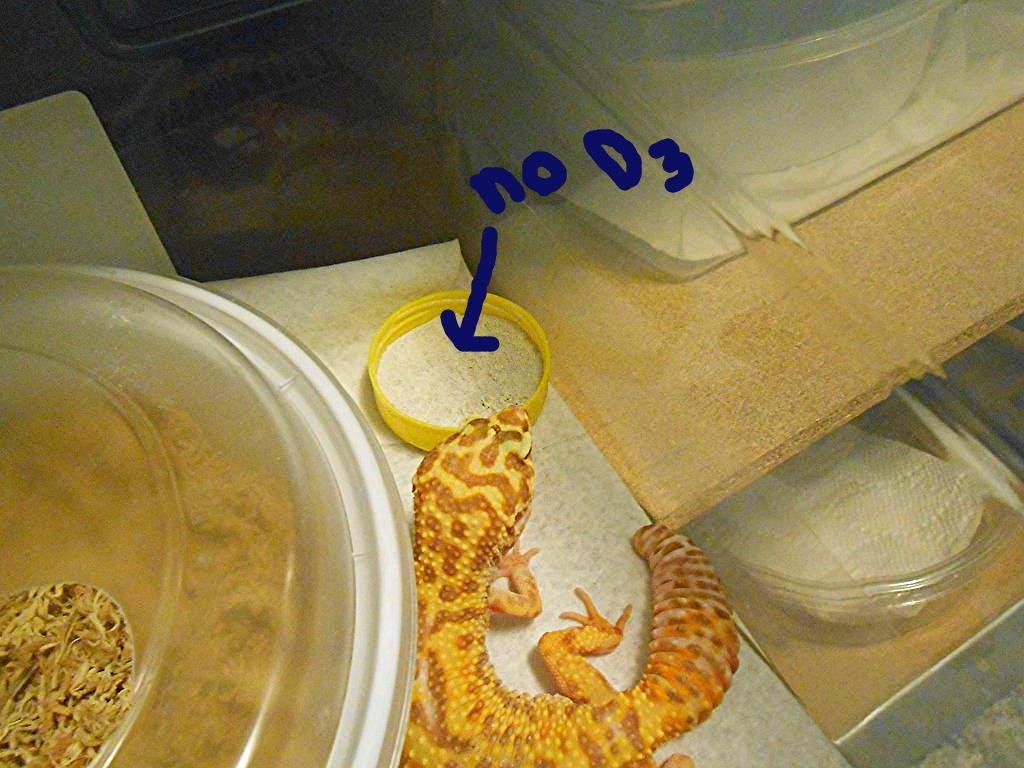jaredricha
New Member
- Messages
- 29
- Location
- Connecticut
So, Ive had my leo for quite some time now I think 3 years old now. He is a healthy male I tried crickets when he was young and he did not eat them Ive always fed him mealworms since and the occasional treat the wax worm. And now feeding super worms. Ive never gutloaded mealworms for him is this necessary? I use Zoo Meds Reptivite with d3 twice a month and leave some in the cage for him.




